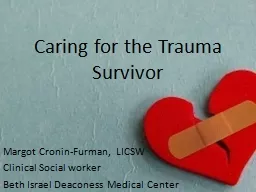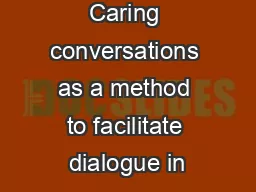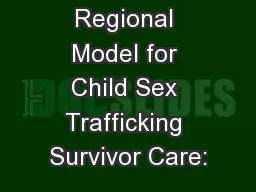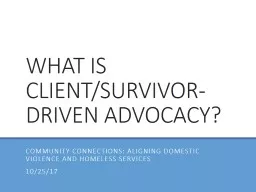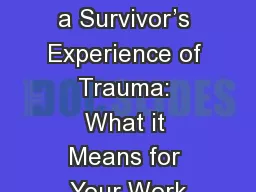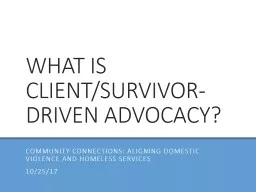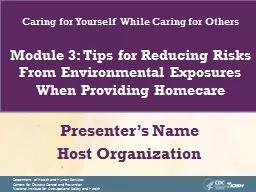PPT-Caring for the Trauma Survivor
Author : mitsue-stanley | Published Date : 2017-09-08
Margot CroninFurman LICSW Clinical Social worker Beth Israel Deaconess Medical Center What makes you nervous about doing Reiki with trauma survivors What makes
Presentation Embed Code
Download Presentation
Download Presentation The PPT/PDF document "Caring for the Trauma Survivor" is the property of its rightful owner. Permission is granted to download and print the materials on this website for personal, non-commercial use only, and to display it on your personal computer provided you do not modify the materials and that you retain all copyright notices contained in the materials. By downloading content from our website, you accept the terms of this agreement.
Caring for the Trauma Survivor: Transcript
Download Rules Of Document
"Caring for the Trauma Survivor"The content belongs to its owner. You may download and print it for personal use, without modification, and keep all copyright notices. By downloading, you agree to these terms.
Related Documents

